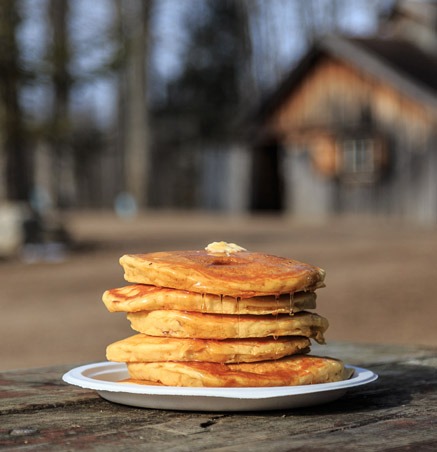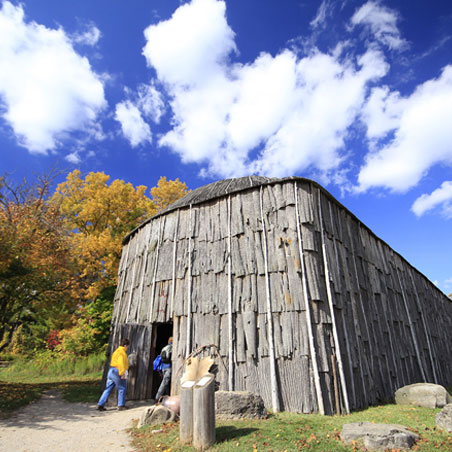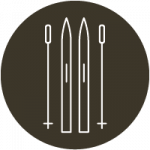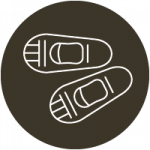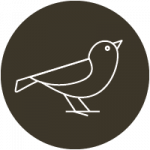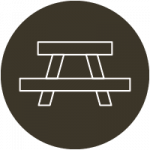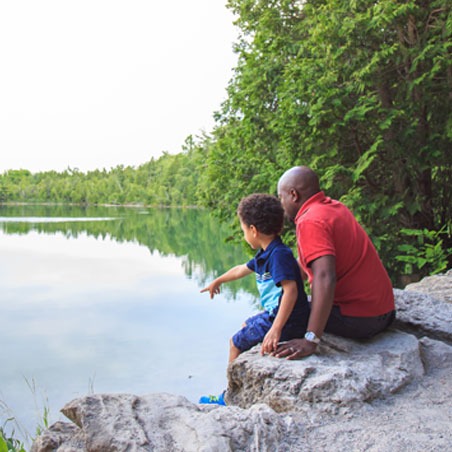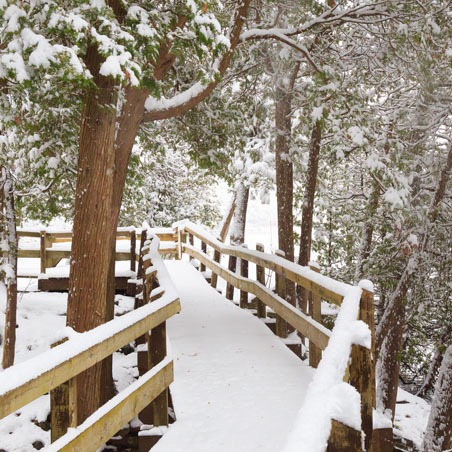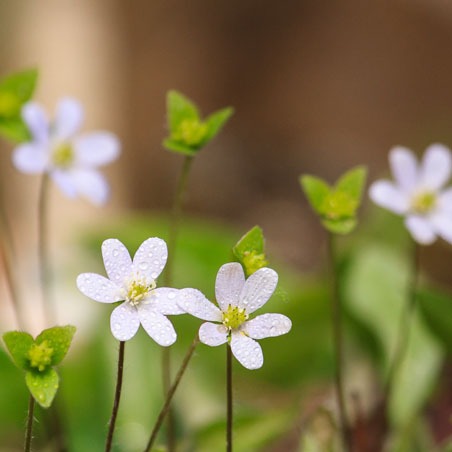Crawford Lake Conservation Area is a truly exceptional park with a truly exceptional lake. In the deepest part of the lake 75 ft below the surface, sediment is deposited in annual layers and remains totally undisturbed. Scientists researching this sediment in the early 1970s discovered corn pollen dating from the 13th to 15th century. This led to the discovery of the archaeological footprints of a Wendat or Attawandaron village. Three longhouses from this village have been reconstructed on their original footprint to help educate the public about the area’s Indigenous history through programs, exhibits, gardens, and workshops developed with Indigenous partners of the park. Along with the teaching village Crawford Lake features trails for hiking, snowshoeing and cross-country skiing as well as a trail filled with larger-than-life wood carvings of species at risk and a boardwalk that winds around the lake.
Reservations are not required but are recommended. If you book online, you can reserve your spot and save money on gate fees. Click below to reserve now.
Crawford Lake is also an important site for global scientific research. Learn more about these studies and how our rare meromictic lake may help scientists define a new proposed epoch: the Anthropocene.
کرافورڈ جھیل میں تجربات
پارک معلومات
Park Hours
9:00am-9:00pm
پیر-اتوار
Longhouse Village and Visitor Centre hours
10am-4pm
جون 1-Labour Day Weekend, weekends & holidays
3115 کنزرویشن روڈ
ملٹن، آن
Do I need to make a reservation to visit?
No, reservations are not required to visit Conservation Halton Parks, however they are recommended. By booking in advance, you can guarantee your spot and save on gate fees. Reservations can be made at parkvisit.ca.
کیا کرافورڈ جھیل پر جھیل میں تیراکی کی اجازت ہے؟
نہیں، کرافورڈ جھیل پر تیراکی کی اجازت نہیں ہے، کیونکہ جھیل ماحولیاتی طور پر حساس علاقہ ہے۔ اس وجہ سے، ہم پوچھتے ہیں کہ آپ پارک میں رہتے ہوئے اپنے پالتو جانوروں کو ایک پٹی پر رکھیں، تاکہ انہیں جھیل میں داخل ہونے اور ماحولیاتی توازن کو خراب کرنے سے روکا جاسکے۔ کیلسو واحد پارک ہے جہاں تیراکی کی اجازت ہے۔ کنزرویشن ہلٹن پارکس میں تیراکی کے بارے میں مزید معلومات کے لئے یہاں کلک کریں ۔
کیا کرافورڈ جھیل پر جھیل میں کشتی رانی کی اجازت ہے؟
نہیں، کرافورڈ جھیل پر کشتی رانی کی اجازت نہیں ہے، کیونکہ جھیل ماحولیاتی طور پر حساس علاقہ ہے۔ کنزرویشن ہلٹن پارکس میں کشتی رانی کے بارے میں مزید معلومات کے لئے یہاں کلک کریں ۔
کیا کرافورڈ جھیل میں جھیل میں ماہی گیری کی اجازت ہے؟
نہیں، کرافورڈ جھیل پر ماہی گیری کی اجازت نہیں ہے، کیونکہ جھیل ماحولیاتی طور پر حساس علاقہ ہے۔ کنزرویشن ہلٹن پارکس میں ماہی گیری کے بارے میں مزید معلومات کے لئے یہاں کلک کریں ۔
لانگ ہاؤسز عوام کے لئے کب کھلے ہیں؟
لانگ ہاؤسز پورے سال ہفتے کے آخر اور چھٹیوں (سوائے 25 دسمبر کے) پر صبح 10 بجے سے شام 4 بجے تک کھلے رہتے ہیں۔ وہ یکم جون کو یوم مزدور تک ہفتے کے دنوں میں صبح 10 بجے سے شام 4 بجے تک کھلے رہتے ہیں۔ براہ کرم اس بات سے آگاہ رہیں کہ لانگ ہاؤسز پہلے سے بک شدہ گروپوں کے لئے مخصوص ہو سکتے ہیں۔
فون نمبر: (905)854-0234
ای میل: visitorservices@hrca.on.ca
